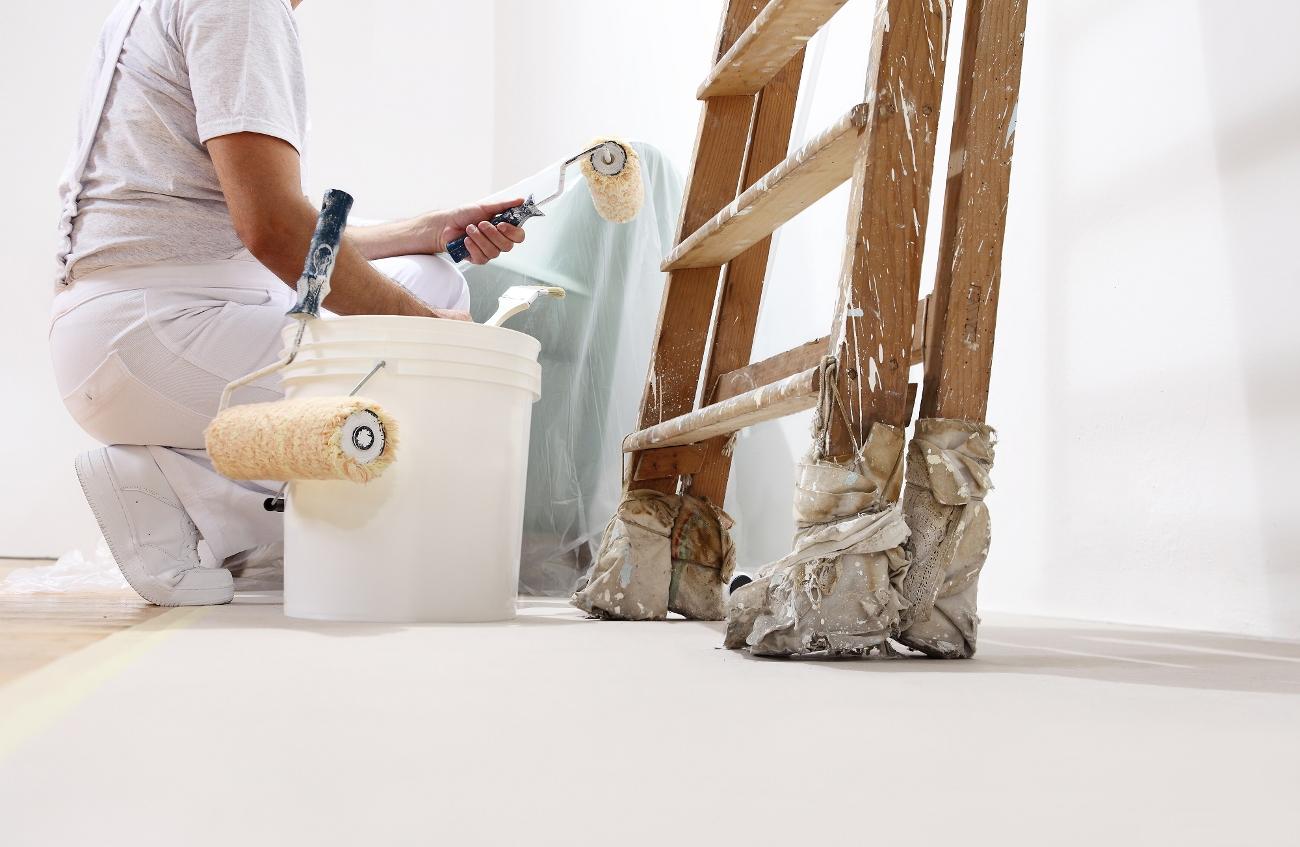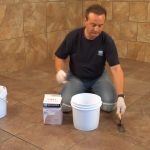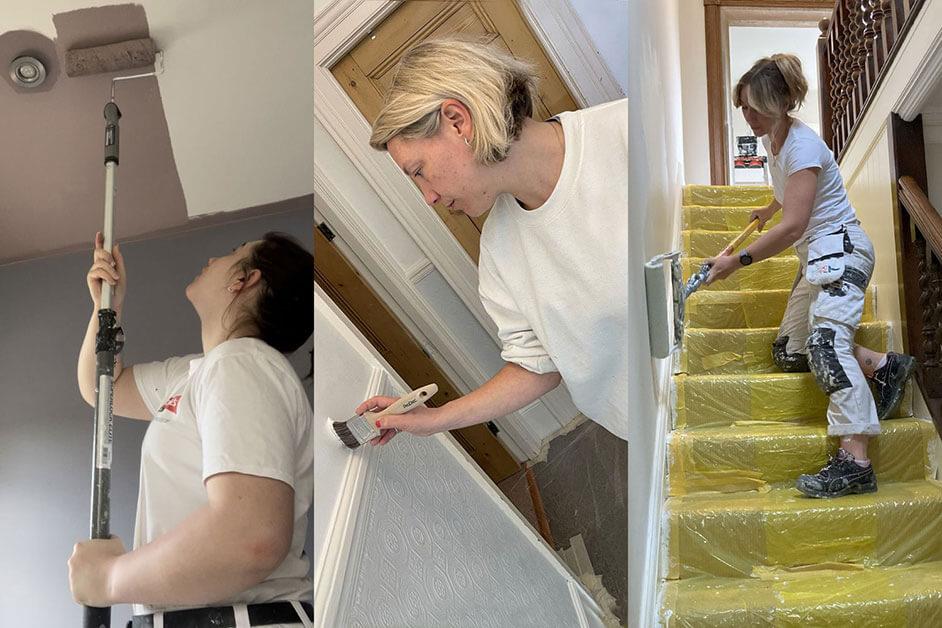We can all agree that when you check out your home’s interior, you may notice a few signs that will tell you that it is time to call painter and decorator. Suppose your home looks a little worn out? Maybe the walls are starting to show signs of wear, or the vibrant colours have faded and became lifeless and dull.
In these situations, the best course of action is to think about painting an interior properly and professionally. Still, you should learn how to determine that your interior must undergo a fresh coat of paint. From scuffed-up hallways to sun-faded living rooms, we can differentiate numerous signs that your home is begging for a fresh appearance.
The best thing you should remember is that updating your home’s interior is not just for aesthetics. Instead, it can help you improve your wellbeing by breathing a new life into your living area. You should check here to learn more about painting jobs.
In this article, we will talk about crucial signs that you should conduct a paint job to your home’s interior. That way, you can learn whether your walls need professional attention or not. Let us start from the beginning.
Wear and Tear on Interior Walls
You should know that when it comes to interior walls, the signs of wear and tear are transparent and hard to miss. We are talking about aspects such as scratches, dents and scuffs that will accumulate over time, making your walls look unkempt and tired.
Even though it may seem like a convenient to brush off a few marks in different areas, when the damages start pulling up, your home can feel more like a well-worn shoe than a place you wish to enjoy. That is why you should check the areas where furniture may have rubbed against the walls or where your kids are conducting art projects from paper onto the wall.
Chips and scratches are challenging to miss, while they can expose the drywall underneath, leaving it to further damage and additional vulnerability. In case your walls are starting to look battle-work, it is an indicator that you should repaint them altogether.
Discoloured or Faded Interior Paint
It is vital to remember how vibrant and fresh the walls can look after you finish with the professional painting project. Of course, the time will change everything even the high-quality paint can fade, especially in rooms that have plenty of sunlights.
In case your once bright walls have turned discoloured and dull, it is the right moment to revitalize your space with a fresh paint. Fading mostly happens due to excessive sun exposure. Remember that UV rays can cause colours to break down after a while, which will lead to uneven and washed-out appearance.
This is especially noticeable in rooms with southern exposure or large windows. At the same time, areas prone to moisture such as bathrooms and kitchen may also develop discoloration due to exceptional humidity.
Stubborn Stains
The main idea is to understand that the life will always get messy and then you clean everything and it is back to normal, while the cycle will continue. Stains can happen between morning coffee spills, accidental crayon lines and your children’s dirty hands, among other things. Check Painter Mount Gravatt to determine the best course of action.
Although most stains can be wiped with a good cleaning, some stains will remain as the stubborn marks that will send you signals to refresh the appearance. If you have already tried scrubbing and stains will not move, and they reappear after cleaning, the chances are high that you should consider repaint.
Stubborn stains especially the ones caused by smoke or water damage can enter the paint, meaning it is almost impossible to remove it without paint project. Another important consideration is that a new coat of paint will help you protect the wall from further damage and problems.
Bubbling, Peeling and Cracking Interior Paint
If you have noticed bubbled, peeling and cracked paint, we are talking about the obvious sign that you should do something about interior walls as soon as possible. Apart from looking lousy and unappealing, these can be signs that are indicating more profound issues.
Remember that peeling and bubbling paint is mostly caused by poor surface preparation, moisture issues and using the wrong type of paint for the room.
Visit this link: https://www.huffingtonpost.co.uk/entry/home-decoration-ideas-on-a-budget_uk_60a793cbe4b09604b5215c7d to learn a few tips on how to decorate your home on a budget.
For instance, high-humidity areas such as kitchen and bathrooms require specific paints that are moisture resistant, while skipping this particular fact can cause serious problems.
The moment your walls start to peel or crack, the chances are high that we are talking about more than cosmetic problems. It may be an indication that your paint’s protective layer has broken down and exposing wear and tear.

 Transform Your San Francisco Outdoor Space with Expert Paver Installation
Transform Your San Francisco Outdoor Space with Expert Paver Installation  What Materials Are Recovered in Mattress Recycling?
What Materials Are Recovered in Mattress Recycling?  DSCR Loans Explained: Debt Service Coverage Ratio Made Simple
DSCR Loans Explained: Debt Service Coverage Ratio Made Simple  Where to Buy Laticrete Spectralock Pro Grout?
Where to Buy Laticrete Spectralock Pro Grout?  The Bathroom Renovation Secrets Kitchener-Waterloo Homeowners Should Know
The Bathroom Renovation Secrets Kitchener-Waterloo Homeowners Should Know  Leather Laminates versus Traditional Upholstery – Which is Best for You?
Leather Laminates versus Traditional Upholstery – Which is Best for You?  Investment Benefits of Solar Power Systems for Manchester Residences
Investment Benefits of Solar Power Systems for Manchester Residences  BENEFITS AND FEATURES OF 24-HOUR LOCKSMITH SERVICES
BENEFITS AND FEATURES OF 24-HOUR LOCKSMITH SERVICES 